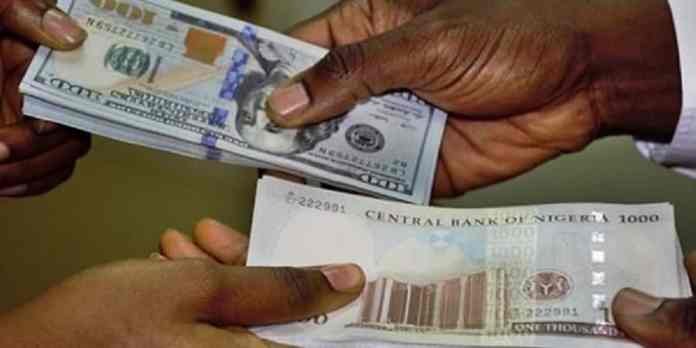Despite the U.S. dollar index hovering at a five-month low, the Naira remains entrenched at N1233/$ in the black market. The persistent weakness in the U.S. dollar is attributed to mounting expectations of a Federal Reserve interest rate cut in 2024, spurred by lackluster U.S. inflation figures.
With the official FX market closed due to public holidays, the Naira experienced relatively close-to-lows trading in the P2P and physical black markets. On the P2P market, the currency traded around N1,202 against the greenback on Tuesday, albeit with subdued trading volumes due to year-end holidays in major markets.
The chronic shortage of dollars in the official market has led the Naira’s official exchange rate to align with the parallel market’s lower level, reaching N1,233/$ in the physical market. Since the Nigerian government eased currency controls in June, the Naira has exhibited volatility, previously artificially propped up by these controls.
Despite promises from the Federal Government to enhance currency supply, Africa’s largest economy continues to grapple with an FX liquidity crunch.
The weakening dollar index, hitting a five-month low, was further exacerbated by cautious signals from the European Central Bank and the Bank of England regarding potential interest rate cuts. While global growth concerns might offer some support to the dollar in early 2024, the prevailing view suggests continued pressure from sellers against major currencies until year-end.
Analyzing the technical outlook, the Naira faces a fragile U.S. index support, with short-term EMA values on a downward trend and a negative Stochastic RSI outlook, despite a recent buy signal. The DXY may potentially decline to as low as 101 index points.
However, the 103 index points band is pivotal, considering a falling channel movement indicating a potential recovery. Amidst weak FX inflows, the Naira’s resilience is limited.
Market confidence grows in anticipation of a Fed interest rate cut in March 2024, following data revealing a November decrease in U.S. prices for the first time in over three and a half years. This dovish sentiment, coupled with the annual inflation increase falling below 3%, has weighed on the dollar’s value.
While the Fed has made strides in addressing inflation, the journey toward the 2% target remains uncertain, indicating a challenging landscape for the dollar in the foreseeable future.











